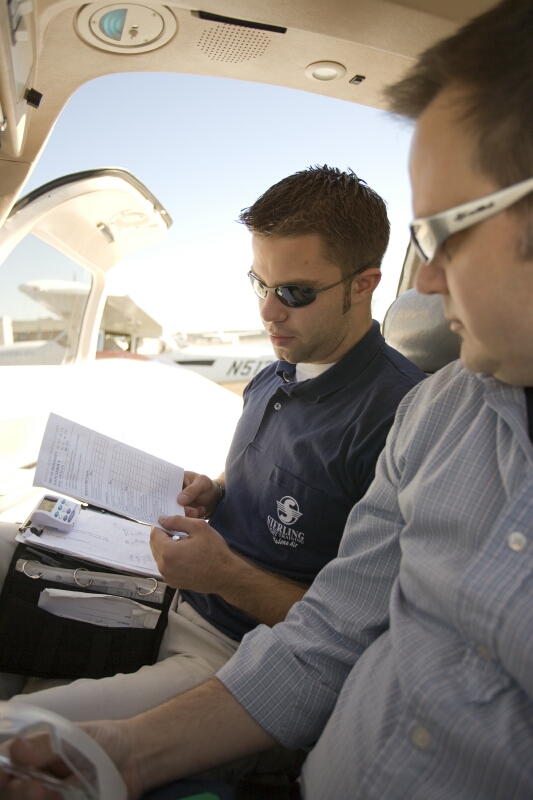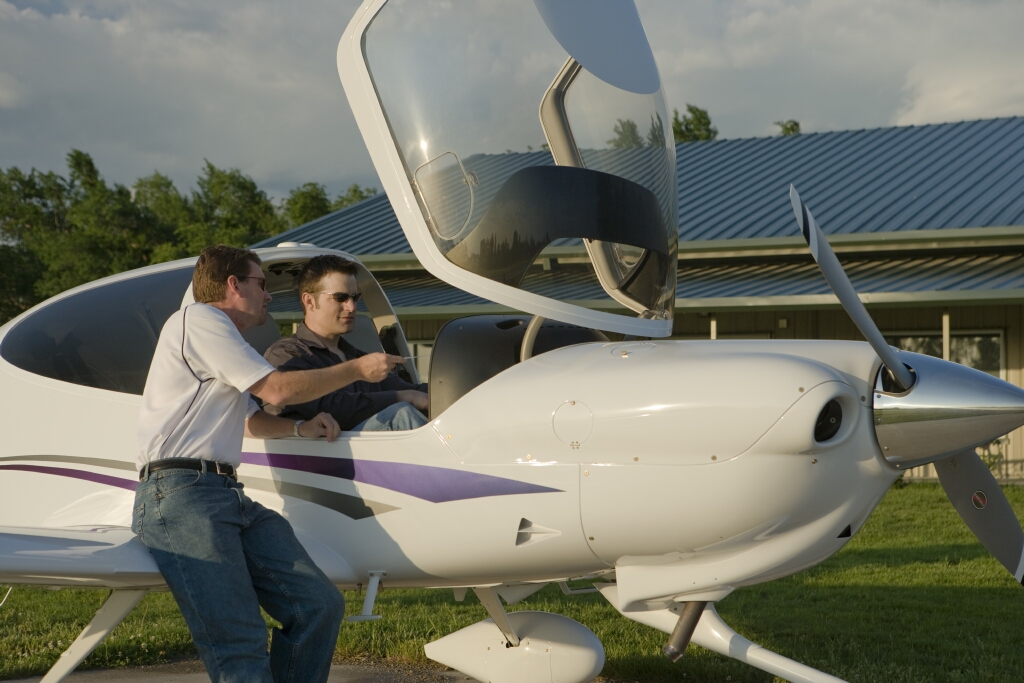The Flight Review
The Flight Review
 Table of Contents
Table of Contents
Importance to Members
Overview
Technical Information
Additional Resources
From the AOPA Archive
Table of Contents
Importance to Members
Formerly known as a biennial flight review, or BFR for short, questions about the flight review continue to confuse pilots. Simply put, you cannot act as pilot in command without a current flight review endorsement (with the exception of a student pilot on a solo flight with proper endorsements). This subject report addresses the requirements and expectations for the flight review.
To act as pilot in command, pilots must complete a flight review every 24 calendar months. A calendar month means that the endorsement runs to the end of the 24th month. For example, if your flight review endorsement is dated March 15, 2013, you have 24 calendar months, or until March 31, 2015, to receive your next flight review. The logbook endorsement must be specifically for a flight review. Advisory Circular 61-65E suggests using this wording:
I certify that (First name, MI, Last name), (pilot certificate), (certificate #), has satisfactorily completed a flight review of 14 CFR 61.56(a) on (date).
S/S [date] Instructor's name, certificate number and date of expiration.
No logbook endorsement is required for an unsatisfactory performance of a flight review. The flight time may be logged as training time received from an instructor.
Overview
 Here are the main points concerning flight reviews:
Here are the main points concerning flight reviews:
- You may not act as PIC without a current flight review endorsement.
- You do not need a current medical during the flight review as long as the flight instructor agrees to be the acting PIC, or if you are operating as a sport pilot with a current and valid U.S. driver's license in lieu of a medical.
- You cannot fail a flight review. However, the instructor may choose not to endorse your logbook if he or she feels you have not satisfactorily completed the review. If you have not satisfactorily completed the flight review, your flight instructor should log your flight time as training received.
- If the instructor does not endorse your logbook, you may use a different flight instructor for the flight review.
- An IPC, complex, high-altitude, tailwheel, or other endorsements do not count as a flight review, but they can occur at the same time — provided there is an agreement made with the inspector, examiner, or instructor prior to the flight.
Technical Information
14 CFR 61.56 requires a minimum of one hour of flight training and one hour of ground training. The only specific requirement is a review of the current general operating and flight rules of 14 CFR Part 91 and, at the discretion of the person giving the flight review, those maneuvers and procedures necessary for the pilot to demonstrate the safe exercise of the privileges of the pilot certificate.
Any aircraft for which you are rated may be used for the flight review. If you are rated for single-engine land and multiengine land, you may complete the flight review in either a single or a multiengine aircraft. Additionally, if you are rated for another aircraft category, such as glider, you may take the flight review in any aircraft in that category, and it satisfies the requirement for all categories.
Alternatives to the flight review
 A flight review is not required if the pilot, within the 24-calendar-month period:
A flight review is not required if the pilot, within the 24-calendar-month period:
Completed one or more phases of the FAA "Wings" program;
Received a new pilot certificate (sport, recreational, private, commercial, flight instructor, or ATP;
Passed a practical test to renew, reinstate, or add an additional rating to their Instructor Certificate.
Received a new rating (instrument, multiengine, or glider);
Flies for a Part 121 (air carrier) or 135 (air taxi) operation and satisfied the appropriate proficiency checks.
Additionally, Air Safety Institute's free online courses qualify for the safety seminar portion of the FAA Wings program.
Endorsements for high-altitude operations, complex airplanes, high-performance airplanes, tailwheel, or the instrument proficiency check (IPC) do not substitute for a flight review. They may, however, occur at the same time, if your instructor, examiner, or inspector agrees prior to the flight to combine the IPC or checkout with the flight review. The flight review's minimums must be met, and the endorsement for the flight review must be provided.
Additional resources
Advisory Circular 61-98B
Contains sample flight review plans and checklists for the different categories and classes (single-engine land, multiengine sea, glider) of aircraft.
The Flight Review
The Air Safety Institute(ASI) has put together a page on the Flight Review that is chock full of helpful information
Pilots Guide to the Flight Review
Air Safety Institute
Check out your knowledge in this Air Safety Institute Quiz
From the AOPA Archives
The Flight Review
What you must know
AOPA Flight Training, February 2006
Continuing Ed: Checking your skills
A flight review you can be proud of
AOPA Flight Training, December 2005
Have It Your Way: Managing your training effort
AOPA Pilot, May 2005
Pilot Counsel: The 'biennial' flight review
AOPA Pilot, December 2004
Instructor Report
ASF Hangar Talk: The flight review exposed
AOPA Flight Training, September 2004